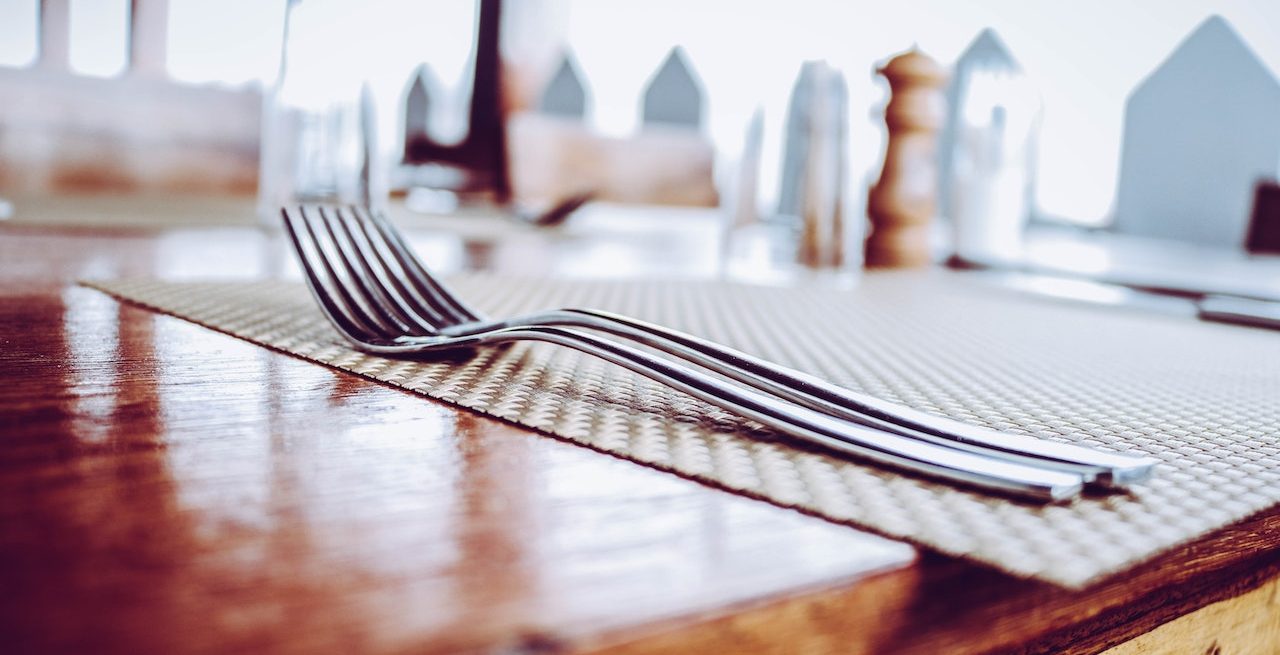Transforming Restaurant Design
3 Min Read By Christian Giordano
Despite advanced technologies, restaurant architectural design processes have not evolved.
While other industries have redefined and recreated themselves through digital transformation, architectural design, and processes have largely remained unchanged.
This is no longer scalable for addressing the needs of today’s customers, who expect digital experiences that accelerate projects, increase efficiency, and remind them of the consumerized digital experiences they enjoy in their personal lives and other aspects of their business world.
A traditional workflow for an architect designing a restaurant involves generating different design options using 3D modeling, which are then presented to the client through multiple rounds until the final design is approved.
Building Information Modeling (BIM) translates the final design into construction documents for the contractor to begin construction. With change orders accounting for up to 15 percent of total contract values and the median rework cost up to nine percent of the entire project costs, the process by which designs become a reality currently results in billions of dollars of yearly losses.
For restaurateurs, snags in the design process lead to delays in the contracting process – ultimately leading to lost revenues in business.
Clients want to be a part of the design process – they want to know what’s happening while it is happening. So where in the design process can we utilize technology to cut costs and open the door sooner?
360 Design is not exclusive to architecture, but it’s critical for collaboration on restaurant design. It empowers architects to measure and annotate drawings with comments and images that can be shared directly with other team members and the restaurant, ensuring their involvement every step of the way and that the design meets their needs.
One of the most notable products of Mancini’s Design Lab is The Toolbelt, a patent-pending software suite that allows users to explore and manipulate 3D models in real-time in a collaborative environment with immediate output. Since 2022 the software is now fully integrated into the Mancini 360 design process, with the capability to be used outside the firm’s Design Lab directly from a user’s laptop.
Through a collection of interactive tools, users can collaborate with up to twenty people in a single multiplayer session within a client’s imported model. All interactions with the space are shared between the collaborators, including real-time editing and transformation, measurements, and note-taking.
When viewed in the Design Lab, The Toolbelt uses skeletal tracking to create a virtual avatar consistent with the user’s actual body measurements and movements.
For Rosa Mexicano, Mancini used The Toolbelt technology, a component of our 360 design process, to design a “Parklet” for its Manhattan and Burlington locations. The “Parklet” was initially created as a response to the New York City Open Restaurants program following the COVID-19 pandemic. In those locations, the Parklet expands outdoor dining offerings using modular to accommodate varying size outdoor spaces at each location. The structures are fabricated and installed on-site and follow the local requirements.
Boqueria restaurants also used our The Toolbelt technology by putting it in the hands of its chef. Yann de Rochefort, founder of Boqueria, put VR goggles on his chef to visualize his kitchen. Using the goggles, he could move ovens, raise shelves, and shift burners to his liking – all in real-time.
The Toolbelt has been successfully integrated into the Mancini 360 design process and, as of 2022, is being used on 20+ current projects.
We’re just scratching the surface of the technologies that can be incorporated into restaurant design. We’ve discussed 360 Design, BIM – which incorporated virtual and augmented reality – and microprocessors, which process data. As we see the continued emergence of artificial intelligence (AI) – and generative AI – what efficiencies could it drive, particularly when paired with microprocessor technology?
As you approach the design of your next restaurant, keep in mind the way digital technologies are already transforming restaurant design – but, more importantly, think about how they have transformed other industries. Now is the time – post-COVID and in an era where businesses of all types are leading with technology – to re-evaluate how you can incorporate technology into your design process and into the fabric of your restaurant business.


